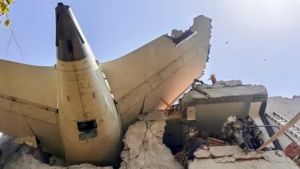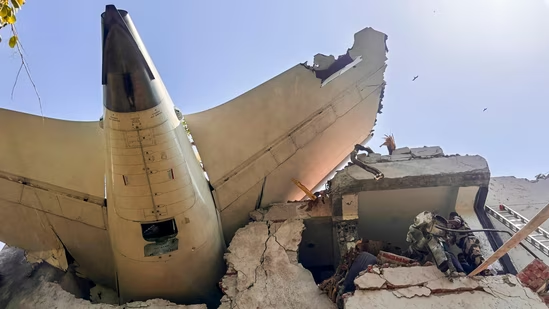On June 12, 2025, Air India Flight AI171—a Boeing 787 Dreamliner—crashed shortly after departing Ahmedabad, tragically claiming 260 lives. India’s Aircraft Accident Investigation Bureau (AAIB) has now released a preliminary 15-page report, offering early insights into what happened and raising new questions.
🧰 1. Fuel Cut-Off: The Turning Point
-
Data from flight recorders shows that right after reaching 180 knots (around 335 km/h), both engine fuel control switches suddenly moved from “RUN” to “CUTOFF,” effectively cutting off thrust to both engines.
-
Approximately 30 seconds later, the switches were returned to “RUN,” and both engines briefly restarted—but by then, the aircraft was too low and slow to recover .
Read Full Report Here: Click
🎥 2. Cockpit Confusion
-
Cockpit audio captured one pilot asking, “Why did you cut off the fuel?” The other replied, “I did not.” This exchange indicates serious confusion—either accidental switch movement or uncertain intent.
-
Pilots declared “Mayday” within 25 seconds of the incident, but the plane crashed moments later, resulting in no further communication.
⚙️ 3. Systems Worked as Designed
-
The aircraft was fitted with a Ram Air Turbine (RAT), which deployed automatically once both engines lost thrust—a sign that emergency systems activated properly.
-
There were no signs of bird strikes, technical malfunctions, or issues with aircraft loading—the engines passed all recent inspections and maintenance checks .
👀 4. What Still Remains Unclear
-
Why did the switches move? They have safety locks, and experts say unintentionally flipping both is unlikely. The AAIB is looking into whether it was human error, mechanical failure, or an electronic glitch .
-
Who operated them? Cockpit audio did not attribute the action to either pilot, so intent—deliberate or accidental—is still unknown.
🔍 5. What Happens Next
-
The AAIB continues to analyse flight recorders, cockpit audio, and cockpit workflows. A full report—expected within 6–12 months—will provide clarity and assign responsibility.
-
The investigation includes experts from India’s AAIB, along with representatives from the U.S. NTSB, FAA, Boeing, GE, and aviation authorities from other affected countries.
-
Air India has grounded its remaining 787s for inspections, and regulators are reviewing procedures related to fuel switch safety.
📌 Why This Matters
This incident underscores how even seemingly minor cockpit switches can escalate into disasters under critical conditions. The absence of mechanical faults points attention to crew procedures, cockpit ergonomics, and aviation training.

